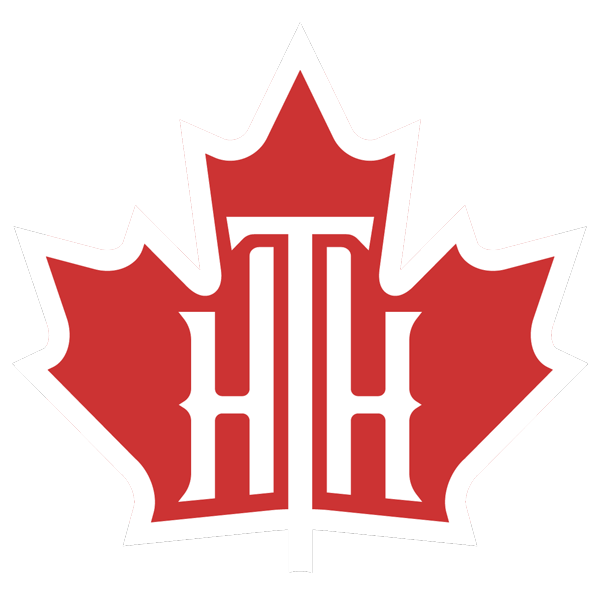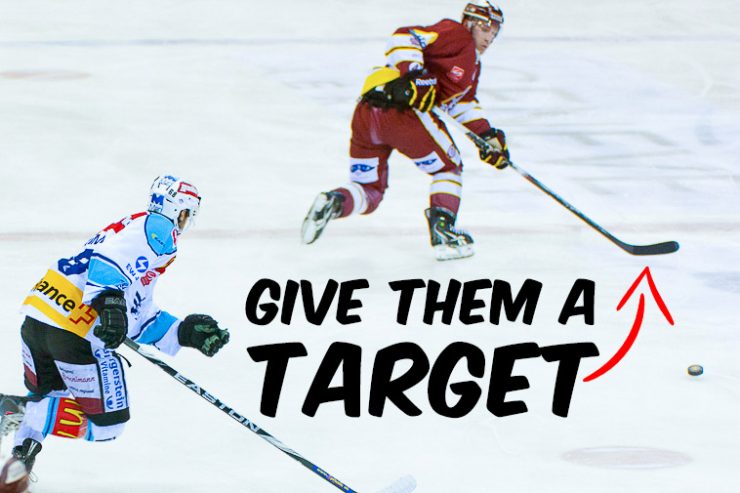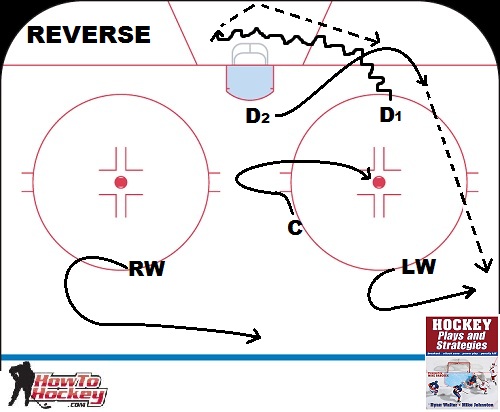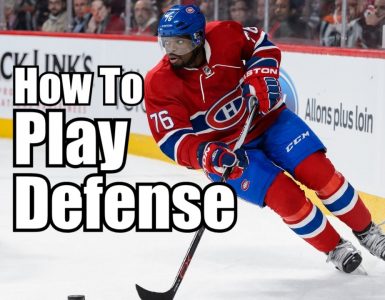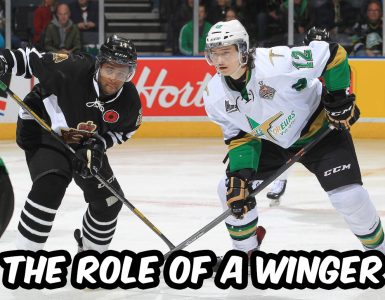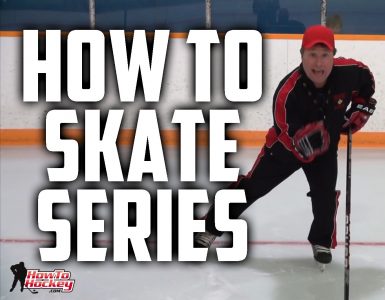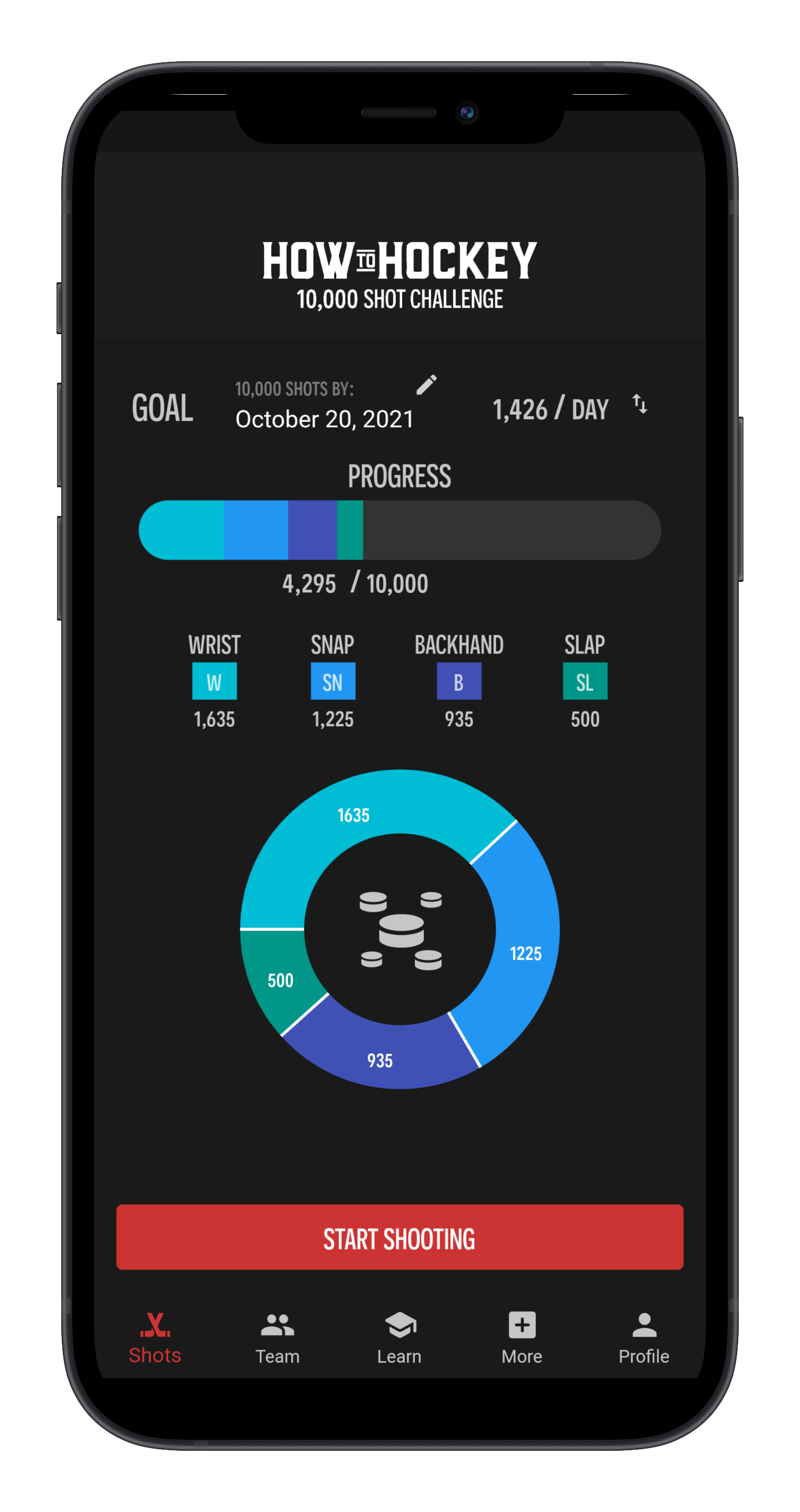As a hockey coach and a player I am always trying to become smarter, better, and faster. What some players don’t realize is that by knowing your position and knowing your plays you will become a “faster” player. A positionally sound hockey player could be physically slower than every player on the ice, but by being in the right spot and making the right plays he could still have an advantage over the fastest player on the ice.
Recently I have been reading the book Hockey plays and strategies (Amazon.ca link for Canadians) by Ryan Walter and Mike Johnston and I have found a lot of great plays, strategies and tactics that are important for any hockey player to know. The trick with putting these plays into practice is having your other team mates on the same page as you, so in this article I am going to go over 5 breakout plays, how to perform them, and the best time to use each one. These plays are started by the defensive partners, so as long as you and your defensive partners know the plays you should have no problem initiating a decent breakout. These plays are crucial for a good breakout!
Knowing these 5 breakouts should give you an option in every situation you face on the ice, no more giving the puck away over and over until the other team scores!
5 Easy Breakout Strategies
These strategies are explained in the book Hockey plays and Strategies by Ryan Walter and Mike Johnston, I have re-drawn the diagrams as shown in the book and explained the breakouts in a similar fashion as they were printed in the book.
Up – Hockey Breakout
In this breakout D1 is moving for the puck and D2 has an eye on the play. D2 will call “UP” to D1 letting him know that the best play is to turn up the strong side of the ice and pass the puck to the winger on the boards (LW). If the winger is tied up while D1 is moving with the puck the centermen is there for support and D1 can also make the pass to C.
The best time to use this breakout is when the other team has players near the net, or behind the net (or moving to that zone) and the best option is to move the puck right away up the strong side of the ice.
C is there for support (another option for D1) and RW will move across the ice to provide support once LW get’s the puck.
OVER – Hockey Breakout
In this situation D1 has moved to pick up the puck, while D2 is reading the other teams position. D2 recognizes that the other team has flooded one side of the ice so he calls “OVER” to D1. This tells D1 that the best play is to pass the puck behind the net to D2 (A direct pass is ideal, but a bank pass can be made as well)
Caution: In this play it is important that D1 makes the pass quickly to D2, some players may try to skate with the puck towards D2 before making the pass, however this would carry the pressure over to D2’s side and could result in a turnover.
The best time to use this breakout is when the other team has flooded D1’s side of the ice and D2 can quickly move to get a pass behind the net.
WHEEL – Hockey Breakout
In this situation D1 is moving for the puck (or has the puck) and he has a step on the forechecker. D2 yells “WHEEL” to tell D1 to skate with the puck around the net. D2 should stay in position as a “pick” so that the forechecker can not easily cut across the top of the crease and check D1 on the other side. D1 should use the net as a screen by cutting close to net while skating behind it (not giving the forechecker room to check him, or get a step). D2 holds position in front of the net until D1 makes a pass, or skates the puck up ice. RW provides an option for a pass, C supports low giving D1 another option for a pass, LW moves across the ice.
The best time to use this breakout is when D1 has some speed, and the other team does not have pressure down low.
Reverse – Hockey Breakout
The Reverse is a good “plan-b” for the WHEEL breakout. In this situation D1 has started to skate the puck behind then net, however their is a forechecker right behind him and checking hard. D2 yells “REVERSE” signalling D1 to bank the puck hard off the boards (and behind the forechecker) to D2
C gives support by moving with D1, and then back low through the slot after the reverse pass is made, LW moves inside initially (anticipating the pass to RW) but then moves back to the boards when the reverse pass is made to receive a breakout pass, RW moves to prepare for the UP pass, however when the reverse pass is made he moves across the ice to support the breakout.
D2 can pass to LW or C
The best time to use this breakout is when D1 initiates a WHEEL breakout, but cannot complete it due to a quick forechecker right on his tail.
RIM – Hockey Breakout
The RIM breakout is used when the other team is forechecking hard and the best option is to send the puck hard around the boards to the winger. D1 gets the puck and quickly rims it around the boards to RW. C supports from underneath while LW moves across the ice to support.
“Against teams who pinch down with their defense on rimmed pucks, the wingers who receive the rim must be able to protect the puck, control it, and then move it to support. In this situation, RW must be able to control the puck and make a play, skate with the puck, or chip it behind the pinching defenseman. As mentioned earlier, the ability to get pucks off the boards under pressure is a skill that also involves a component of toughness” – Ryan Walter & Mike Johnston
Caution: D1 and D2 need to be on the same page here so either D1 or D2 should call “RIM” otherwise either defencemen could confuse the breakout with the OVER play.
Jeremy’s note: As a coach I prefer to see direct passes, many newer players will ALWAYS rim the puck as it is the easiest way to send it up the ice. Usually it’s laziness so I try to encourage my players to make smart plays and direct passes, although as mentioned in the book, sometimes the RIM breakout could be the best play.
If you learned anything from these breakouts I highly recommend picking up the book, I have links at the top and bottom of this article.
How to start implementing these breakouts
As a coach implementing these breakouts comes down to proper practice planning, and getting all the guys on your team on the right page. You can pick up a copy of the book, photocopy pages 10,11 and 12 and hand them out to your players, and then start using them during practice. Once you have the book you can review the other 200 pages for some more great plays and strategies
As a player there is nothing more frustrating than trying to play positional hockey, only to have the other guys on your team completely out of place, or moving the puck to the wrong spot. The easiest way to start using these breakouts would be for the defensemen to start talking and discussing the 5 different breakouts while on the bench. Try using 1 or 2 each game so you can eventually commit them all to memory. Once you and your partner knows the 5 different calls you can start yelling them out when the time is right during the games. Most of the work for the breakouts is done by D1 and D2 so start by getting your defensive partner on board, and then work on the forwards, most wingers should know where to be anyways.
Quick Tips For Breaking Out
-

Take a look before you get the puck so you know where your players are
- Don’t make blind passes
- Don’t pass the puck through the middle (unless you are 1000% sure, and even then be double sure)
- Make plays quickly – hesitating gives the other team time to read your play and break it up
- Make direct passes – get your head up, look where you are passing, and send it hard
- Communicate (especially defensemen), call out the plays described above
- Play your positions! – This is especially true for the wingers, if you are down near the goal line when the defence get the puck they will have no one to pass too!
- If you have the puck and it doesn’t look like you have any options for passing, put the puck high off the glass to get it out of your zone
- Keep your feet moving and your head up (Don’t stand still) – The play is always moving and you should be too, keep your feet moving and your head up so you can read and react to the play at any time
- Give your player a target – This is a good one for wingers, when you are breaking out put the blade of your stick where the defense can see it (as shown in the picture, he doesn’t have his stick on his shooting side, or in front, he’s moved it to the right side to receive a pass). By showing them your blade you are giving them a target and letting them know you are ready for the pass.
Coaches! If you’re looking for ways to help your team improve their individual hockey skills, check out The Pond. The Pond is our all in one hockey training platform designed to continually challenge players. We break down every skill in an easy to understand, step by step format. After learning our methods you will be able to easily teach fundamental skills to your players so they can improve faster.
Use coupon code COACHESRULE to get your first month 100% free! You’re welcome to pass the coupon on to your team as well, because we all know coaches rule.
